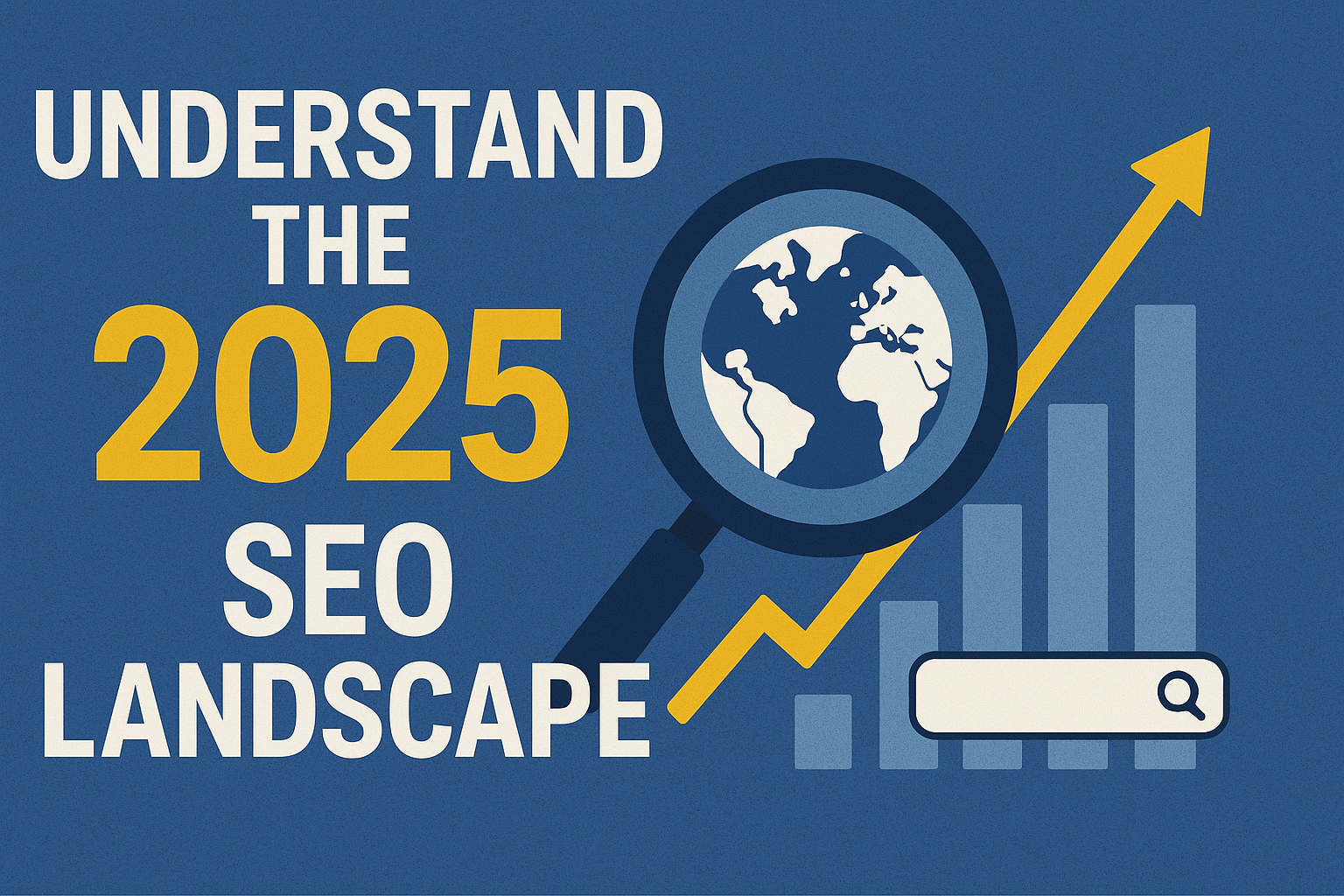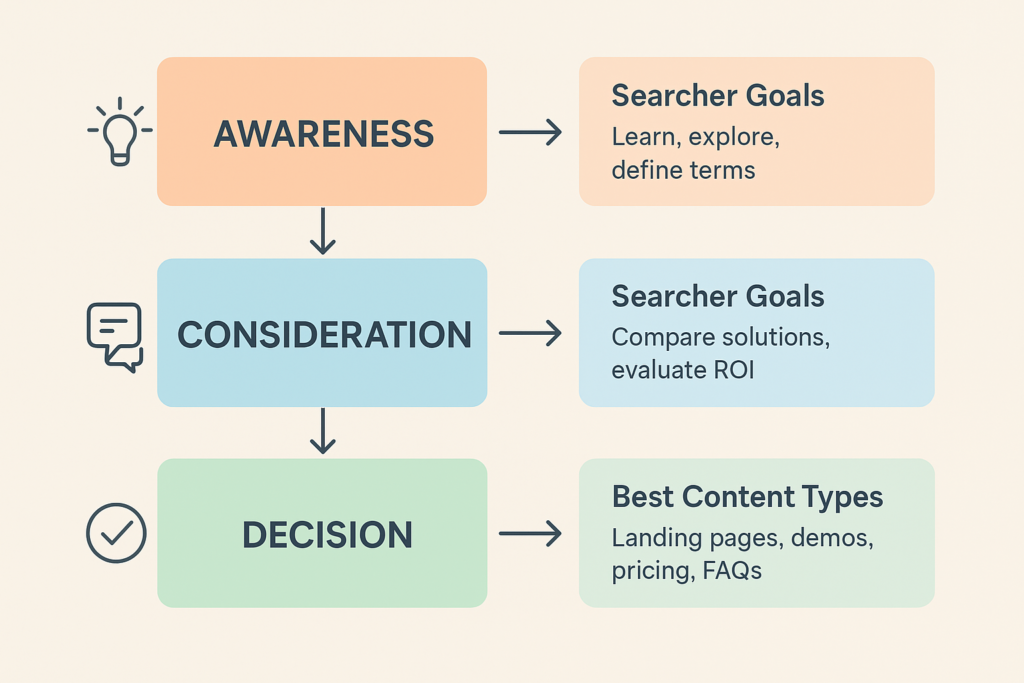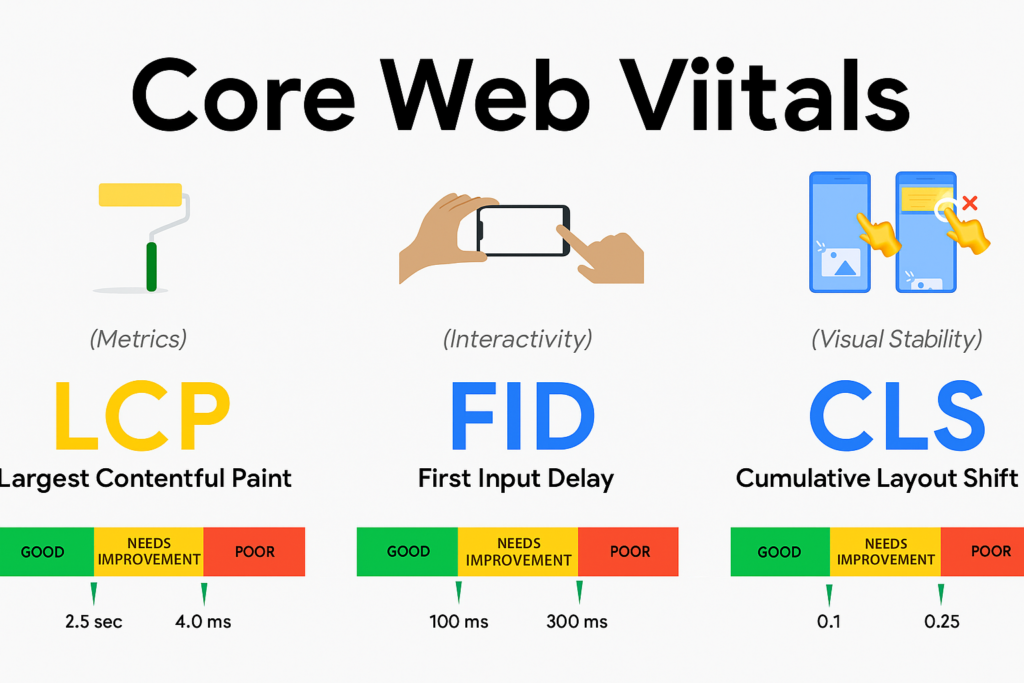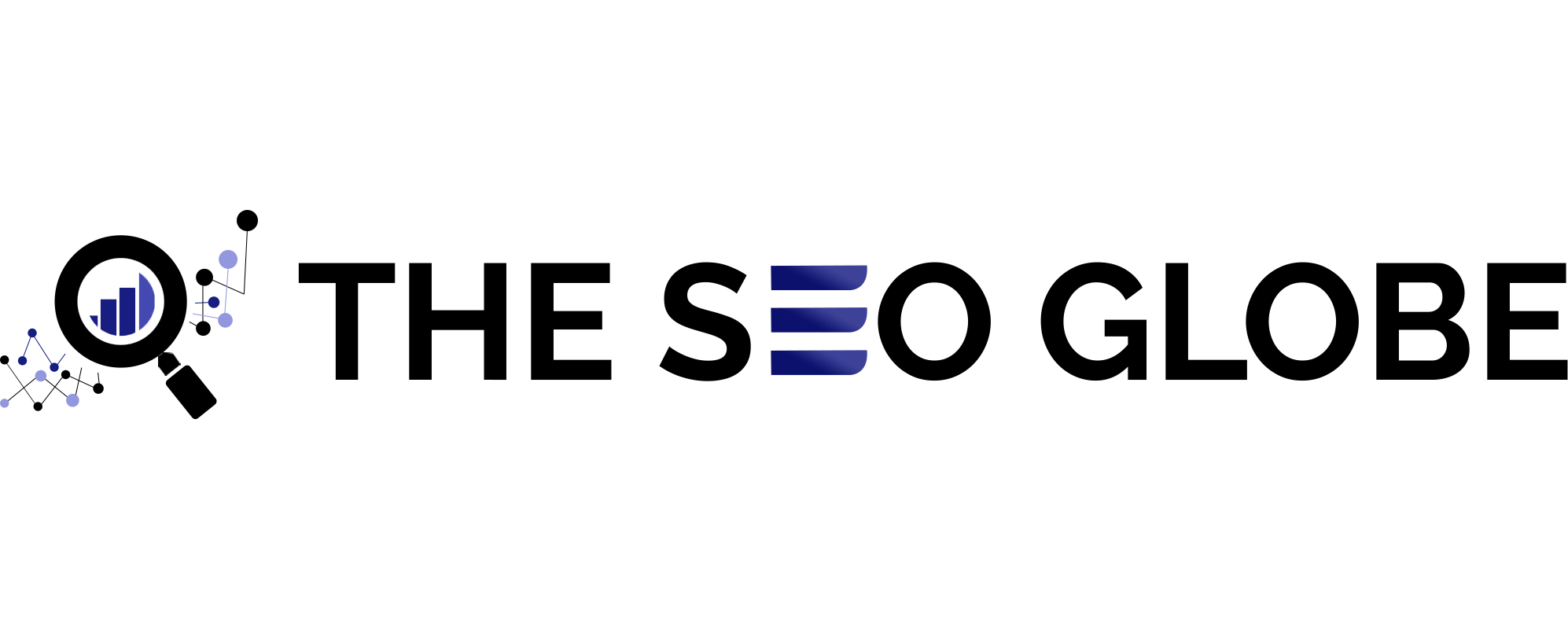SEO in 2025 isn’t just about stuffing keywords, it’s about understanding your audience, building authority, and working hand-in-hand with AI. Here’s how to stay ahead in the game.
Key Takeaways:
- SEO in 2025 isn’t about keywords: it’s about search intent, topical authority, and AI-curated SERPs.
- E-E-A-T is essential: expertise, experience, authority, and trust must be built into every page.
- AI is a multiplier, not a replacement: use it for clustering, analysis, and drafts, but keep human insights and brand voice.
- Content must be structured for SGE: snippets, FAQs, headings, and tables win visibility in AI Overviews.
- User experience and Core Web Vitals (LCP, FID, CLS) directly impact rankings and engagement.
- Refreshing and consolidating content is more effective than publishing endless new posts.
- Measure ROI, not just rankings: track conversions, revenue, and lifetime value from organic search.
- Strong SEO teams need diverse skills: strategists, technical SEOs, content experts, and data analysts.
- Avoid common pitfalls: thin AI-only content, chasing low-value traffic, ignoring site performance, and missing conversion paths.
- Winning formula: combine AI efficiency with human expertise to dominate search rankings in 2025.
1. Understand the 2025 SEO Landscape

The old “publish more and get links” playbook doesn’t work anymore. AI Overviews, zero-click results and smarter SERPs mean you’re competing for attention inside Google’s summaries, not just rankings.
Key Changes You Need To know:
|
2019–2023 Tactics |
2025 Reality |
What to Do Instead |
| Keyword lists and mass content | Search-intent clusters & topical authority | Map clusters to buyer journey stages |
| Backlink outreach blasts | Earned authority via original data & PR | Publish unique research, use digital PR |
| Optimising for “10 blue links” | AI Overviews & zero-click SERPs | Structure content for snippets & SGE |
| Content volume | Content depth & maintenance | Refresh and consolidate regularly |
Key takeaway: You’re no longer competing for just a ranking; you’re competing for attention in an AI-curated search experience.
2. Build Around Search Intent Clusters
Modern SEO starts with intent segmentation, not just keyword volume. This first table gives you a clear blueprint for mapping content to user intent.

| Intent Stage (2025) | Searcher Goals | Best Content Types |
| Awareness (Informational) | Learn, explore, define terms | In-depth guides, explainers, glossary hubs |
| Consideration (Commercial) | Compare solutions, evaluate ROI | Product comparisons, case studies, calculators |
| Decision (Transactional) | Buy, sign up, book | Landing pages, demos, pricing, FAQs |
Action Step:
Use GA4, Search Console and user surveys to group keywords into semantic clusters that mirror your customer journey. Focus on 300 high-intent searches over 3,000 low-intent ones.
3. Bake E-E-A-T Into Every Page
Google’s E-E-A-T guidelines have become more crucial than ever. Websites demonstrating clear expertise, experience, authority, and trustworthiness rank higher, especially in YMYL (Your Money or Your Life) niches like finance, health, and legal.
Tips to Boost E-E-A-T:
- Include author bios highlighting expertise and credentials.
- Showcase case studies and real-life success stories.
- Collect authentic reviews and testimonials.
- Maintain an HTTPS-secured website with clear privacy policies.
4. Use AI as a Force Multiplier – Not a Replacement
|
Task AI Excels At |
Human Expertise Adds |
| Keyword clustering & SERP analysis | Judging commercial intent and prioritising topics |
| Drafting outlines & FAQs | Real insights, storytelling, unique POV |
| Generating schema suggestions | QA, compliance with your voice and ethics |
Workflow:
AI tools (Surfer, MarketMuse, Clearscope) → Editor → SME review.
This speeds production without losing originality.
5. Optimise for AI-Enhanced SERPs (SGE)
Search Generative Experience means Google summarises content before the click. To win visibility:
- Chunk content with clear H2/H3 headings.
- Use bullets, tables and mini-summaries for scannability.
- Add FAQ and HowTo schema.
- Include branded visuals that can appear in cards and summaries.
|
SERP Feature |
Implementation Tactic |
| Featured Snippets | Answer in 40–60 words at top of section |
| People Also Ask | Insert 3–5 user questions with answers |
| AI Overviews | Structure content semantically with sub-headings, concise summaries |
6. Prioritise UX, Core Web Vitals and Accessibility
Google has long emphasized user experience as a ranking factor, and in 2025, this trend only strengthens. Core Web Vitals loading performance (LCP), interactivity (FID), and visual stability (CLS) are critical metrics that influence search rankings.

Actionable Tips:
- Optimize images using next-gen formats like WebP or AVIF.
- Implement lazy loading for faster page rendering.
- Minimize JavaScript and CSS blocking resources.
- Ensure your site is fully responsive across devices.
| Core Web Vital | Target Metric |
Importance |
| LCP (Largest Contentful Paint) | <2.5s | Page load speed |
| FID (First Input Delay) | <100ms | Interactivity |
| CLS (Cumulative Layout Shift) | <0.1 | Visual stability |
A smooth and fast website not only improves rankings but also enhances user engagement and conversion rates.
7. Refresh & Consolidate Existing Content
In 2025, maintaining your content often beats publishing new pieces.
|
Step |
Action |
| 1 | Identify decaying URLs in GA4 or Ahrefs |
| 2 | Merge overlapping posts into one authoritative hub |
| 3 | Update stats, visuals and examples |
| 4 | Re-index in Search Console |
This signals to Google that your site is actively curated, a trust signal.
8. Connect SEO to Conversions & Revenue
Executives fund channels that prove ROI. Go beyond keyword rank reports.
|
Metric |
Why It Matters |
| Share of Intent Coverage | Shows you own the whole buyer journey |
| Organic-sourced pipeline | Ties SEO to sales outcomes |
| Assisted conversions | Shows influence beyond last click |
| Lifetime value of organic users | Quantifies long-term impact |
Action Step: Build Looker Studio dashboards that connect GA4 + CRM to show SEO’s direct revenue contribution.
Also Read: Best Conversion Rate Optimization (CRO) Tools in 2024
9. Future-Proof Your Team & Stack
Winning SEO in 2025 requires cross-functional teams:
|
Role |
Core Responsibility |
| Growth SEO Strategist | Aligns SEO with business goals |
| Technical SEO Analyst | Core Web Vitals, crawl budget, schema |
| Content Strategist | Topic clusters, content briefs |
| SME/Editor | Injects expertise, fact-checks AI drafts |
| Data Analyst | Connects SEO metrics to revenue |
Recommended stack: Screaming Frog, Surfer/Clearscope, Google BigQuery, Looker Studio, digital PR tools.
10. Common Mistakes to Avoid
|
Mistake |
Why It’s Dangerous |
Fix |
| Over-automating content | Thin, generic output lacking E-E-A-T | Add SME review, unique data |
| Chasing volume not value | Low-intent traffic, poor conversion | Build funnel-aligned clusters |
| Neglecting technical debt | Slow site, indexation issues | Quarterly site audit |
| No conversion path on blog | Lost ROI | Add CTAs, internal links, lead magnets |
Also Read: SEO Mistakes to Avoid: What Google Sees as Bad Signals
FAQs:
Q1. How is SEO different in 2025?
It’s moved from keyword games to experience-led, full-funnel content optimised for AI Overviews and zero-click SERPs.
Q2. Can I rely solely on AI tools for SEO content?
No. AI can scale production, but without human expertise and editorial oversight, your content will lack originality and the E-E-A-T signals Google values.
Q3. Which metrics actually matter?
Pipeline contribution, conversions from organic, and topic saturation — not just raw traffic.
Q4. How do I get featured in AI Overviews?
Provide concise, structured answers, use FAQ/HowTo schema, and support claims with first-party data.
Q5. How often should I refresh content?
Audit top URLs quarterly and refresh whenever SERPs shift or stats become outdated.

